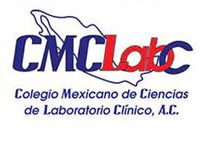A course developed by the EFLM Working Group on Test Evaluation on the progress
of medical tests improving patient outcomes for laboratory professionals,
clinicians, biomarker researchers and healthcare companies.
Secure your space at a Course delivered by the EFLM Test Evaluation Working Group!
Keynote Speakers: Rita Horvath, Patrick Bossuyt , Sverre Sandberg, Sally Lord, Christoph Ebert, Phillip J Monaghan, Andrew St John, and others
Laboratory medicine has a poor record bringing new tests to market in a timely and effective way.
Evidence based laboratory medicine (EBLM) provides the underlying principles for how a new biomarker should go through the test evaluation process but these principles alone do not appear to have guided better evaluation. This course aims to address that gap by extending the principles of EBLM to provide some practical tools for the key processes of test evaluation.
Key Features of 2½ day course:
- The course will be interactive and talks by keynote speakers will be followed by practical assignments.
- Test evaluation – definitions and basic concepts
- Tools to conduct test evaluation including:
- Talks to highlight the differing perspectives and experience of key stakeholders and experts in test evaluation
- Practical assignments to understand the use of test evaluation tools.
Target Audience:
- Qualified laboratory professionals
- Researchers involved in biomarker development and test evaluation
- Clinicians involved in biomarker use and evaluation in clinical practice
- Healthcare company and regulatory representatives
Scientific Programme: New EFLM course






































